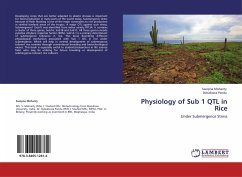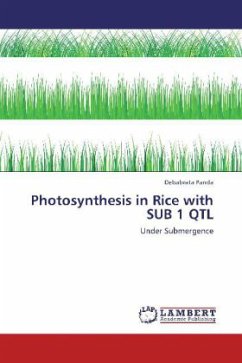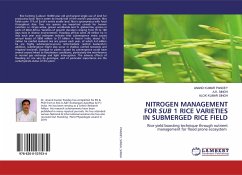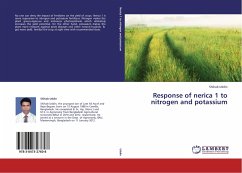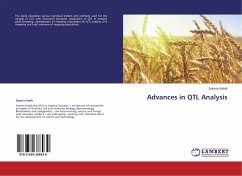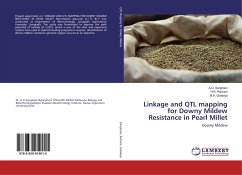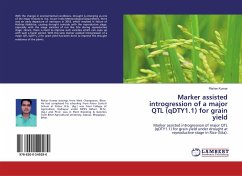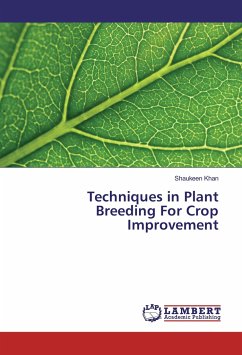Developing crops that are better adapted to abiotic stresses is important for food production in many parts of the world today. Submergence stress because of flash flooding is one of the major constraints to rice production in rainfed lowland areas of the tropics. A major QTL against such stress, Submergence1 (Sub1) was identified from indica variety FR13A. It contains a cluster of three genes, Sub1A, Sub1B and Sub1C. All three genes encode putative ethylene response factors (ERFs). Sub1A-1 is a primary determinant of submergence tolerance in rice. This book describing different physiological mechanism associated with Sub 1 QTL in rice under submergence. Which will help in varietal development of submergence tolerant rice varieties through conventional breeding and biotechnological means. This book is especially useful to students/researchers in life science field, who may be utilizing for future breeding or development of submergence tolerant rice cultivars.
Bitte wählen Sie Ihr Anliegen aus.
Rechnungen
Retourenschein anfordern
Bestellstatus
Storno

